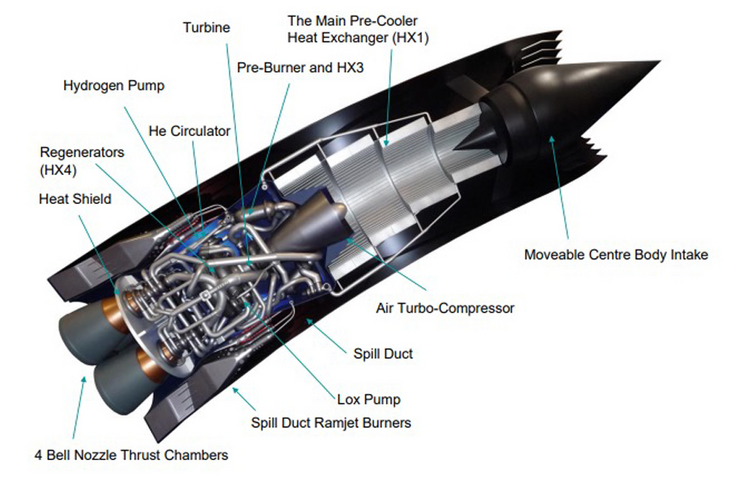Hermeus has selected Cecil Airport in Jacksonville, Florida for its hypersonic engine test facility. Named HEAT (High Enthalpy Air-Breathing Test Facility), this facility will be Hermeus’ largest and most technologically advanced test site to date and become a national asset for hypersonic testing. The site will also be the initial base for Hermeus’ high-Mach flight test capabilities starting in 2026, expanding cadence and affordability of the nation’s flight test infrastructure.
We announced our plans for the new facility at a groundbreaking ceremony at Cecil Airport in Jacksonville. Hermeus executives and employees were joined by U.S. Congressman Aaron Bean (FL- 04), U.S. Congressman John Rutherford (FL-05), State Sen. Clay Yarborough (R-Jacksonville), Mayor Donna Deegan, Florida Department of Commerce officials, JAXUSA officials, and other community leaders.
The HEAT facility will provide continuous high flow rate, high enthalpy and low-pressure conditions required for high-supersonic and low-hypersonic flight modeling. This capability will make the facility an important asset to more effectively test and field various hypersonic technologies – not only for Hermeus but also for the Department of Defense and its commercial partners.
Hermeus will test a variety of engines and propulsion subsystems at HEAT – from the Pratt & Whitney F100 engine to Hermeus’ proprietary hypersonic Chimera engine. The facility will be built in phases with initial sea-level static engine tests starting before the end of 2024. Future phases of the facility will introduce continuous high-Mach vitiated air flow to simulate more flight-like high-Mach testing conditions on the ground.





